What happens when two great empires face off in battle? The Roman-Persian Conflicts show us how Rome tried to defend its eastern borders while Persia sought to resist Roman attacks. In this article, you’ll learn what these wars meant from both the Roman and Persian sides. Curious about how these ancient rivals clashed?
The Roman-Persian Conflicts from Roman Perspective
The annals of history are replete with tales of empires clashing, each vying for dominance and territorial expansion. Among these, the Roman-Persian conflicts stand out as a series of intense confrontations that spanned centuries. From the Roman perspective, these were not just wars of ambition, but necessary endeavors to safeguard the empire’s eastern borders. Let’s delve into this historical landscape, understanding the Roman viewpoint and the significance of these wars.
Setting
The Roman Empire, with its vast territories stretching from the British Isles to North Africa, was a beacon of civilization, culture, and military might. To its east lay the equally formidable Persian Empire, an ancient civilization with a rich history and its own imperial ambitions. The proximity of these two empires, both geographically and in terms of their aspirations, was a recipe for inevitable conflict.
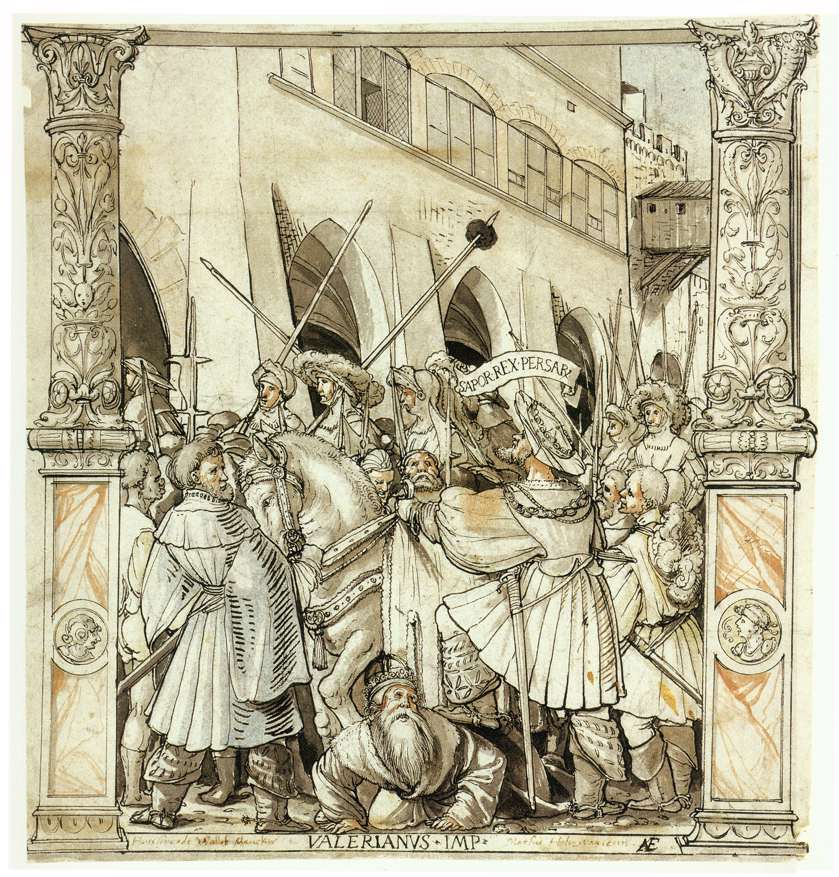
Imperative
For the Romans, the eastern frontier was not just a line on a map. It was a buffer, a protective barrier against potential threats from the east. The Persians, with their powerful armies and strategic prowess, were always a looming presence. From the Roman standpoint, maintaining control over this frontier was paramount for the empire’s security.
The eastern provinces, particularly Syria and Mesopotamia, were not only strategically vital but also economically significant. They were centers of trade, culture, and learning. Losing them to the Persians would not only be a military setback but also a blow to the Roman economy and prestige.
Conflicts
The Roman-Persian wars were not a singular, continuous conflict. They were a series of engagements, skirmishes, and full-blown wars that took place over several centuries. Each confrontation had its own causes, dynamics, and outcomes.
For instance, the battles during the reign of Emperor Augustus were primarily about establishing dominance in Armenia, a buffer state between the two empires. Later, during the reign of Emperor Valerian, the conflict took a dramatic turn when the Persians captured the Roman emperor, a significant blow to Roman pride.
However, it wasn’t always about direct military confrontations. Diplomacy, espionage, and alliances with buffer states played crucial roles in this intricate geopolitical dance.
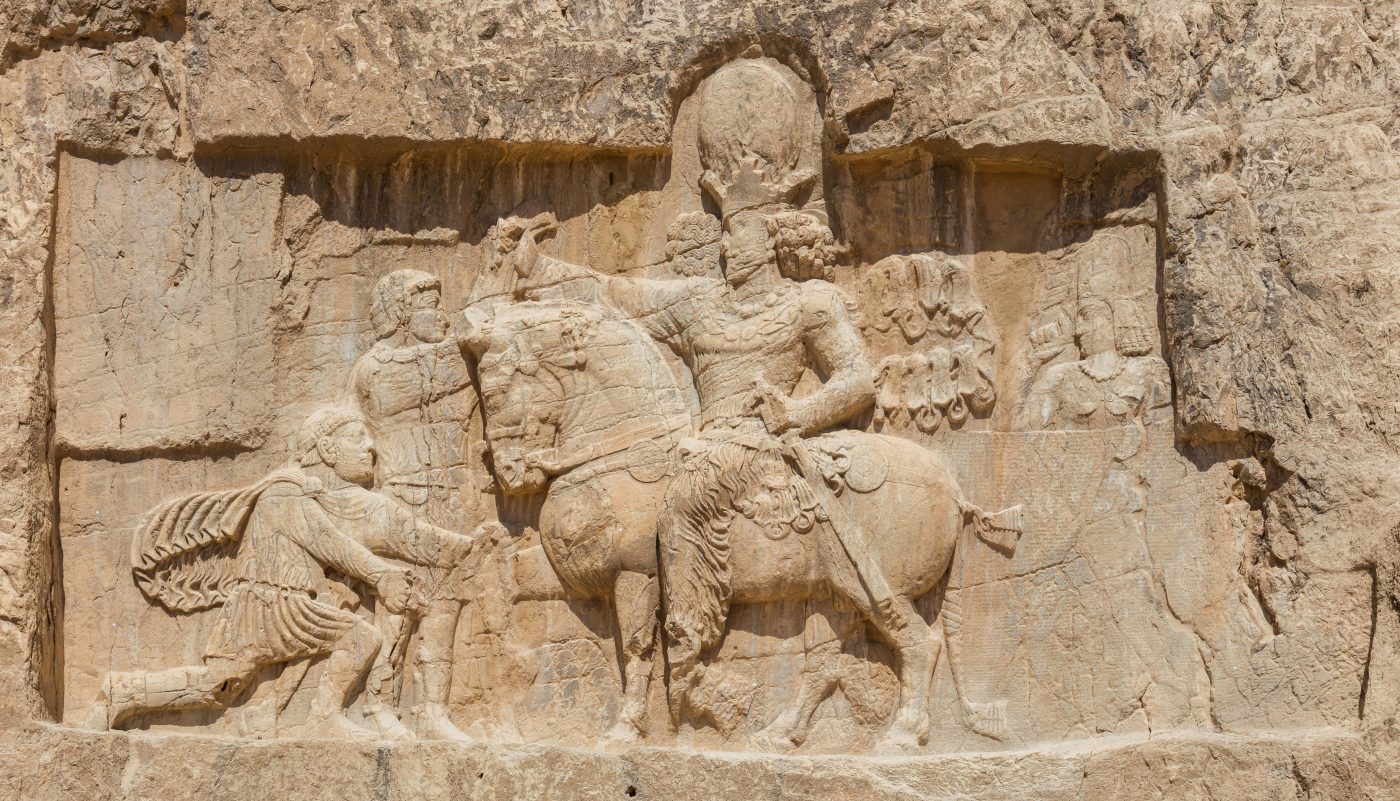
Challenges
While the Persians were formidable opponents, the Romans also grappled with internal challenges. Political intrigues, economic pressures, and the sheer logistical challenge of maintaining such a vast empire often hampered their efforts in the east. The empire’s vastness meant that resources, including troops, had to be allocated judiciously. Often, threats on other frontiers would divert attention and resources away from the eastern borders.
Moreover, the Roman military, while highly disciplined and effective, was not invincible. The Persians, with their knowledge of the terrain and guerilla tactics, often proved to be tough adversaries.
Legacy
Despite the numerous confrontations, neither empire could claim a decisive, lasting victory over the other. Territories changed hands, treaties were signed, and then broken, but the eastern frontier remained a volatile flashpoint.
From the Roman perspective, these wars were a testament to their resilience and commitment to defending the empire. They showcased Roman military strategy, the valor of their legions, and the diplomatic acumen of their leaders. The conflicts also enriched Roman culture, bringing in influences from the east, leading to a fusion of ideas, art, and philosophy.
The Roman-Persian Conflicts from Persian (Sassanid) Perspective
In the annals of ancient history, few rivalries were as enduring and intense as that between the Roman and Persian Empires. While many narratives focus on the Roman viewpoint, it’s essential to understand the Persian perspective, particularly during the Sassanid era. From their vantage point, the conflicts were not about expansion but about resisting Roman aggression and preserving their sovereignty. Journey with us through this historical tapestry, as we unravel the Persian side of this age-old confrontation.

Sassanid Empire
The Sassanid Empire, which rose in the 3rd century AD, marked a renaissance of Persian culture, power, and identity. Founded by Ardashir I, the empire sought to revive the glory days of the Achaemenid dynasty, emphasizing Zoroastrianism and Persian traditions. This resurgence was not just cultural but also geopolitical. The Sassanids viewed themselves as the rightful heirs to the Near East and were determined to reclaim territories lost to Roman predecessors.
Roman Threat
To the west of the Sassanid Empire lay the vast Roman Empire, a behemoth with its own ambitions. While the Romans perceived their eastern campaigns as a defense of their borders, the Sassanids saw it differently. To them, the Romans were aggressors, encroaching upon historically Persian territories like Mesopotamia and Armenia.

Sassanid Imperative
For the Sassanids, the conflicts were not about mere territorial disputes. They were about safeguarding the heartland of the Persian world. Regions like Mesopotamia were not just strategic buffer zones but also the cradle of ancient civilizations like the Sumerians and Akkadians. Losing these lands to the Romans would mean relinquishing their historical and cultural heritage.
Moreover, the eastern provinces were vital trade routes, connecting the Sassanid Empire to the Silk Road and other trade networks. Their economic significance was undeniable, and the Sassanids were keen on ensuring they remained under Persian control.
Key Confrontations
Throughout the centuries, the Roman and Sassanid Empires clashed in numerous battles, sieges, and skirmishes. One of the most notable confrontations was the Battle of Ctesiphon, where the Persians, under the leadership of Shapur I, managed to capture the Roman Emperor Valerian. This victory was not just a military triumph but also a symbolic one, showcasing the Sassanid’s capability to stand toe-to-toe with the Roman juggernaut.
However, the conflicts were not one-sided. There were times when the Sassanids faced setbacks, such as the loss of Armenia to the Romans. But even in defeat, the Persian spirit remained unbroken, always ready to push back against Roman advances.
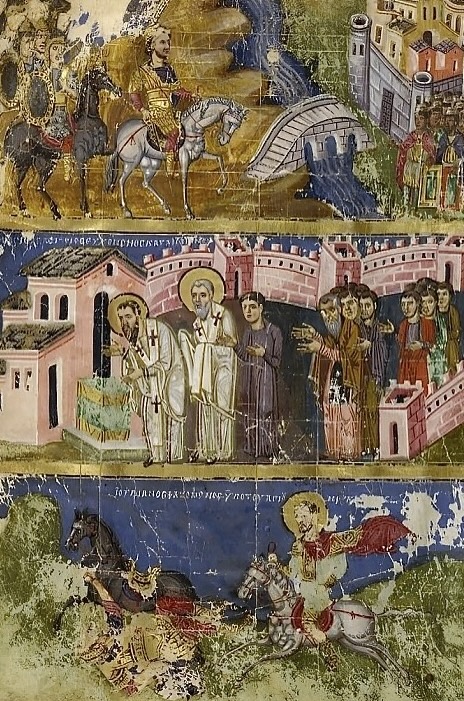
Persian Strategy
While the Sassanids were formidable on the battlefield, they were also astute diplomats. Recognizing the importance of alliances, they often forged ties with nomadic tribes and other states, creating a network of allies to counter Roman influence. The game of geopolitics was as much about forging treaties and alliances as it was about direct military confrontations.
Challenges
The Sassanid Empire, like any vast empire, had its share of internal challenges. Factions within the royal court, religious tensions, and economic pressures often influenced their foreign policy decisions. Balancing internal stability with external defense was a delicate act.
Moreover, while the Roman threat was significant, the Sassanids also had to contend with other adversaries, particularly to their northeast. This multi-front challenge meant that resources and attention were often divided, making the task of repelling Roman aggression even more daunting.
Persian Resilience
The Roman-Persian conflicts, from the Sassanid perspective, were a testament to Persian resilience and determination. Despite facing one of the most powerful empires in history, the Sassanids held their ground, defending their territories and pushing back against Roman aggression.
These confrontations also led to cultural exchanges, with both empires influencing each other in art, architecture, and philosophy. The legacy of these wars is not just in the battles fought but also in the rich tapestry of shared history that they wove.
What was the most surprising fact you learned from the Roman-Persian Conflicts? Let us know in the Comments!
The Siege of Amida
In the vast tapestry of the Roman-Persian confrontations, certain events stand out for their intensity, strategy, and impact. One such episode is the Siege of Amida, a relentless battle that showcased the military prowess of both empires. Let’s delve into this gripping historical account, shedding light on a pivotal moment in ancient warfare.
Amida, A City of Strategic Importance
Located in modern-day Turkey, Amida (now Diyarbakır) was a fortified city on the eastern frontier of the Roman Empire. Its strategic location made it a coveted prize, serving as a gateway between the Roman and Sassanid territories. By the 4th century AD, tensions between the two empires were escalating, and Amida found itself at the center of this geopolitical storm.
Siege Begins
In 359 AD, under the leadership of King Shapur II, the Sassanid Persians laid siege to Amida. The city, with its formidable walls and determined Roman defenders, presented a significant challenge. Shapur, known for his military acumen, was determined to capture Amida and bolster Persian influence in the region.
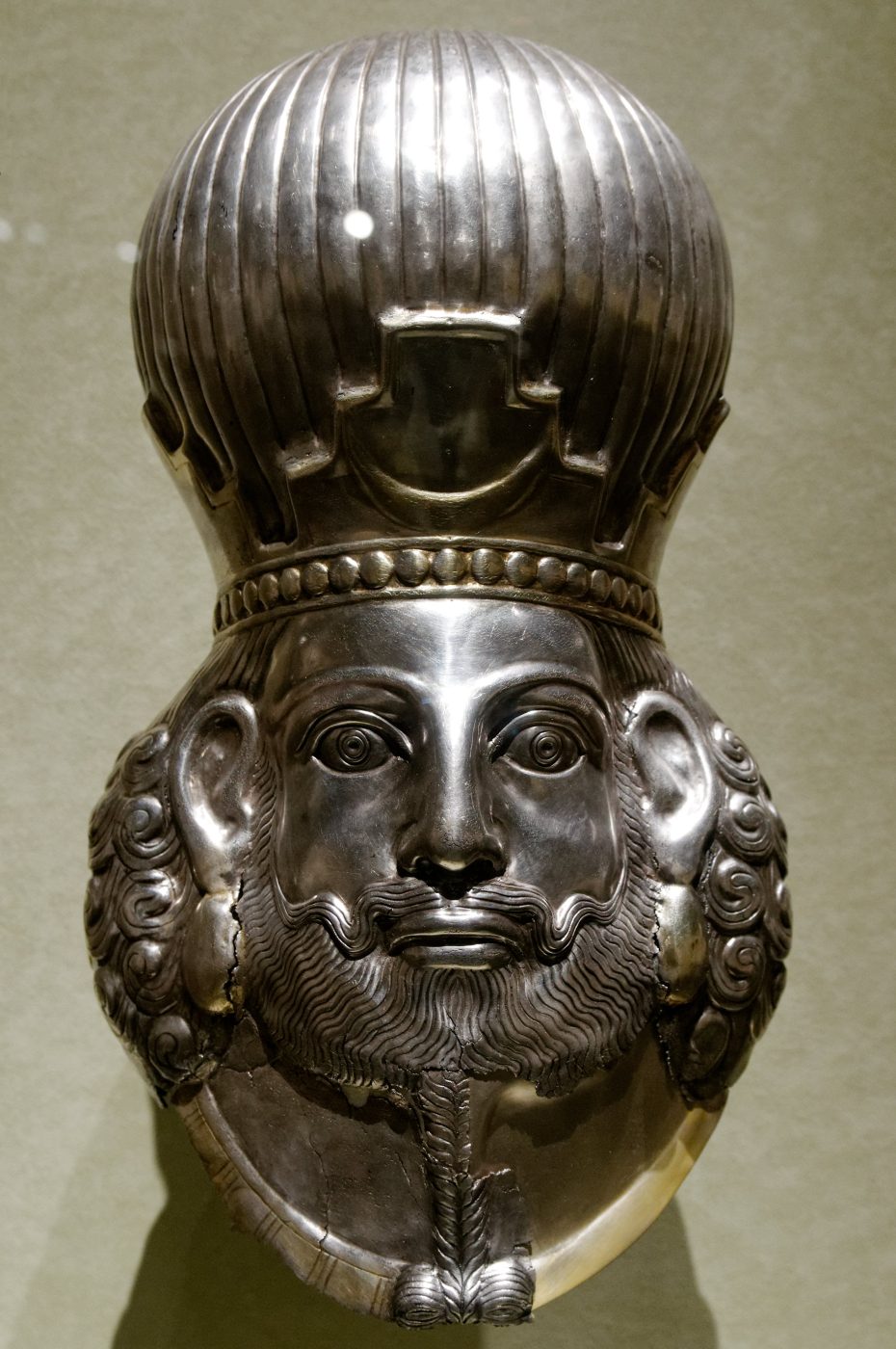
Defense
The Romans, under the command of the local governor Aelianus, were vastly outnumbered. However, they had the advantage of the city’s strong fortifications. The defenders employed a range of tactics, from sorties against the besieging forces to strengthening the walls. The resilience of the Roman defenders, combined with the city’s fortifications, made the siege a prolonged and challenging endeavor for the Persians.
A City Falls, But Spirit Remains
After a grueling 73 days, the Sassanids managed to breach the walls, and Amida fell. The city’s capture was a significant victory for Shapur II and the Sassanid Empire. However, the fierce resistance put up by the Roman defenders became legendary, symbolizing the indomitable spirit of the Roman Empire even in the face of overwhelming odds.
The Battle of Carrhae
In the vast expanse of the Roman-Persian chronicles, certain episodes resonate with profound implications. Among these, the Battle of Carrhae stands out, not just for its tactical brilliance but also for its enduring lessons in hubris and strategy. Journey with us as we revisit this desert showdown, where the mighty Romans faced a humbling defeat against the Parthians.

Rome’s Eastern Ambitions
By 53 BC, the Roman Republic was at the zenith of its power, with territories spanning three continents. Yet, the allure of the East, with its riches and strategic significance, beckoned. Marcus Licinius Crassus, one of Rome’s wealthiest men and a member of the First Triumvirate, eyed Parthia (a precursor to the Sassanid Empire) as his ticket to military glory.
Parthian Strategy
The Parthians, aware of the Roman threat, prepared meticulously. Their army, though smaller, had two significant advantages: the horse archers and the heavily armored cataphracts. The horse archers, with their mobility and long-range, could harass the Roman legions, while the cataphracts could charge with devastating effect.
The Battle Unfolds
As Crassus led his legions into the desert near Carrhae (modern-day Harran, Turkey), he was confident of victory. However, the Parthians, under the command of General Surena, employed a tactic that would become legendary: the “Parthian Shot.” The horse archers would feign retreat, only to turn back and shoot arrows, causing significant casualties among the Roman ranks.
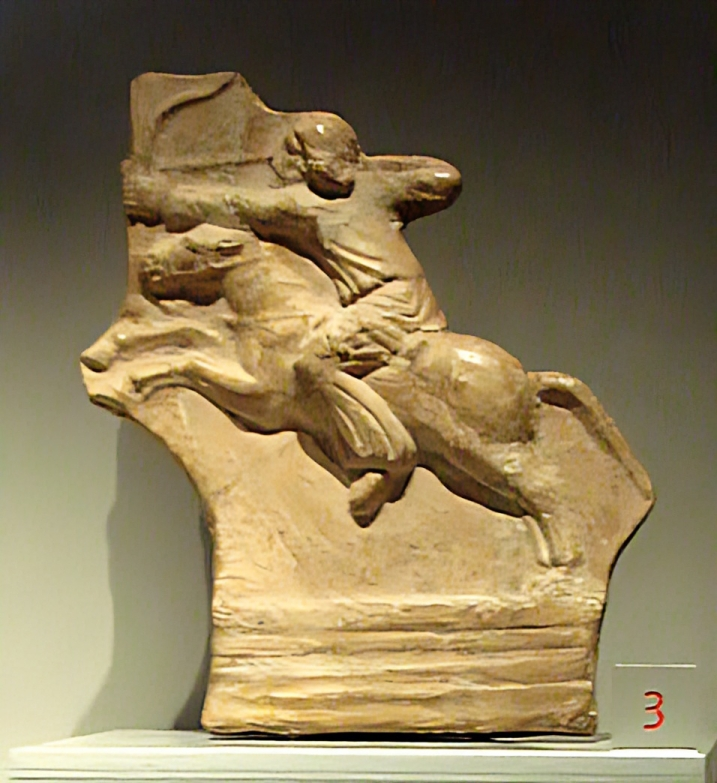
The Romans, unaccustomed to such tactics and ill-prepared for desert warfare, found themselves encircled. The cataphracts then launched their charges, breaking the Roman formations. The result was catastrophic for Rome: of the roughly 40,000 troops Crassus led, only about 10,000 returned.
Lesson
Crassus, who had sought glory, met a grim fate, and his death marked the end of the First Triumvirate. The Battle of Carrhae served as a stark reminder of the dangers of underestimating one’s opponent and venturing ill-prepared into unfamiliar terrains.
More of → Perspectives ←
FAQ
1. What were the main causes of the Roman-Persian Conflicts?
The Roman-Persian Conflicts were caused by both empires wanting to control important territories and trade routes. For Rome, it was about defending their eastern borders, while Persia wanted to push back against Roman expansion.
2. How did the Romans view the conflicts with the Persians?
From the Roman perspective, the conflicts were necessary for protecting their empire’s eastern borders and maintaining control over important regions like Mesopotamia and Syria.
3. What was the Persian goal in the Roman-Persian Conflicts?
The Persians aimed to resist Roman attacks and protect their own lands. They also wanted to reclaim lost territories and maintain their power in the region.
4. What were some key battles in the Roman-Persian Conflicts?
Some key battles included the Battle of Ctesiphon where the Persians captured Roman Emperor Valerian, and the Battle of Edessa where the Romans defeated the Persians.
5. How did the Roman-Persian Conflicts impact both empires?
The conflicts shaped both empires’ strategies and borders, leading to ongoing struggles for power. While neither side won a lasting victory, the wars influenced military tactics and diplomacy.
This was a delight to read. You show an impressive grasp on this subject! I specialize about Appliances and you…
i think he was just a crazy guy, a victim of his childhood and enviroment
super interesting 🤔
Loved this article, learned a lot!

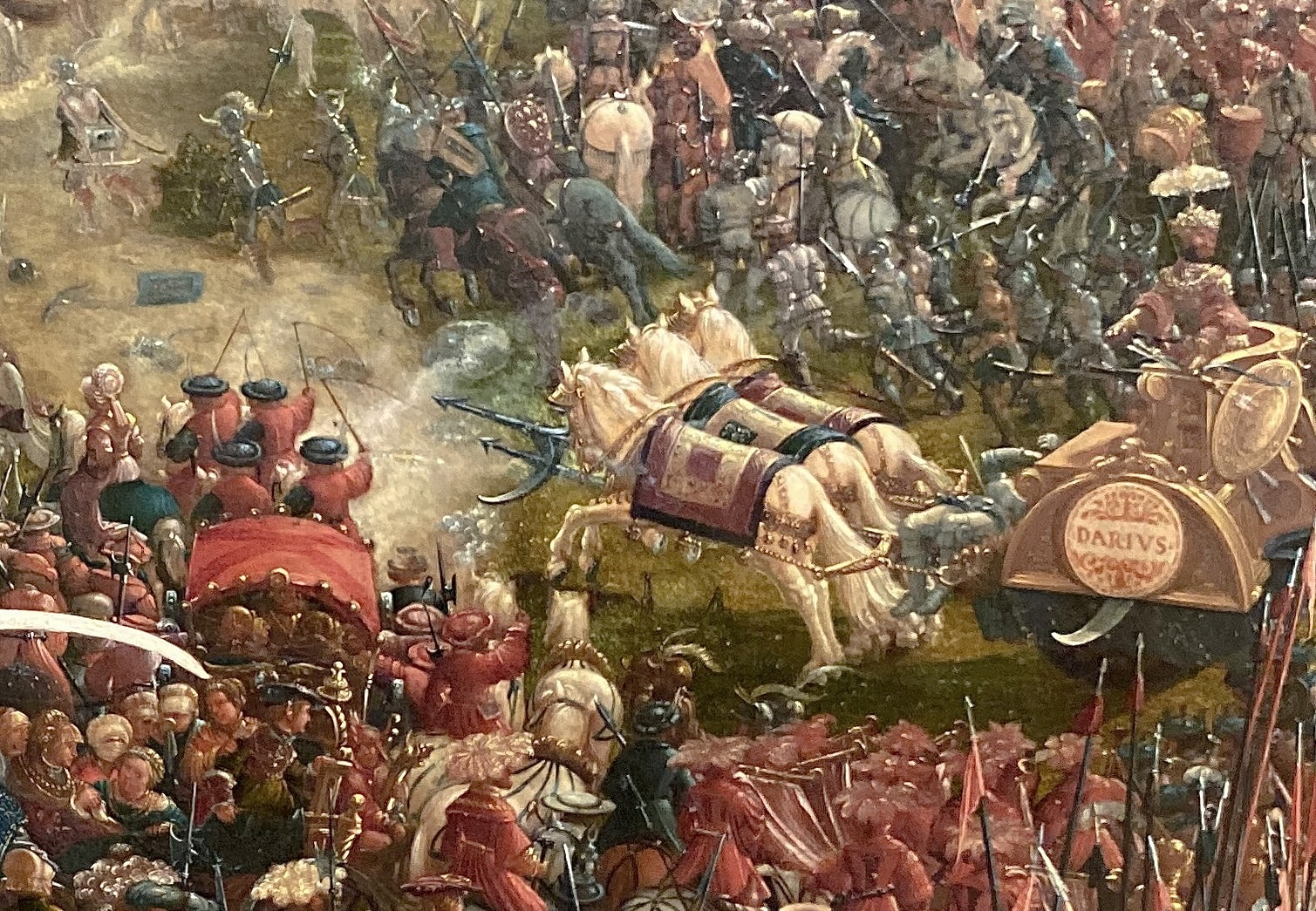
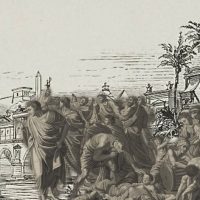
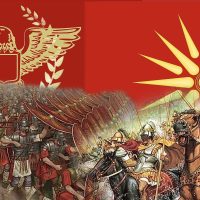
Leave a Reply